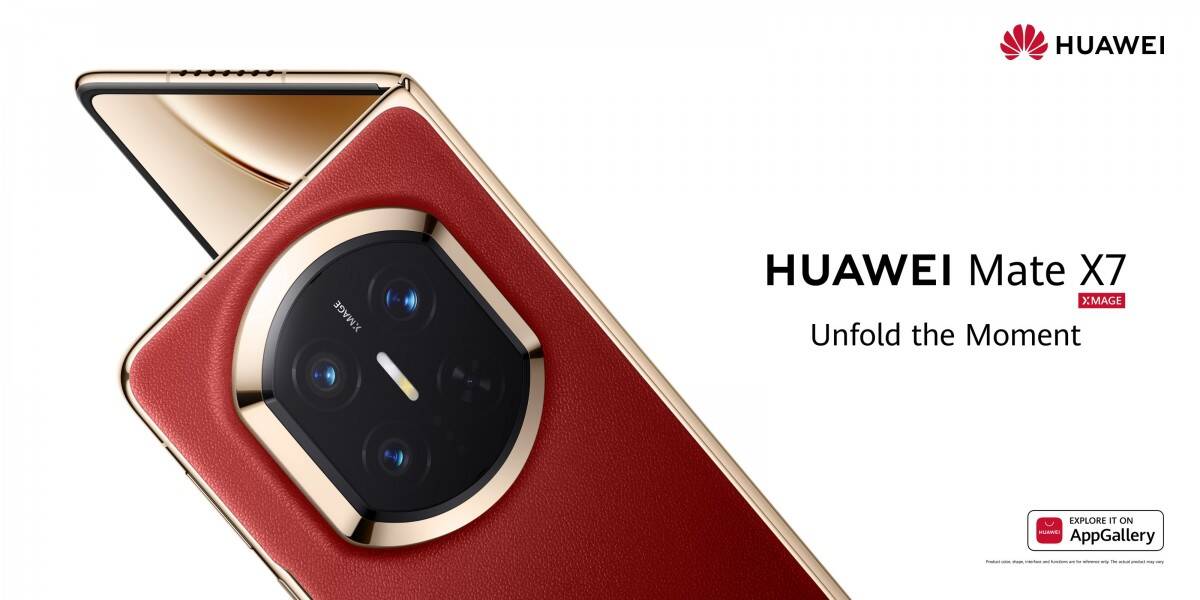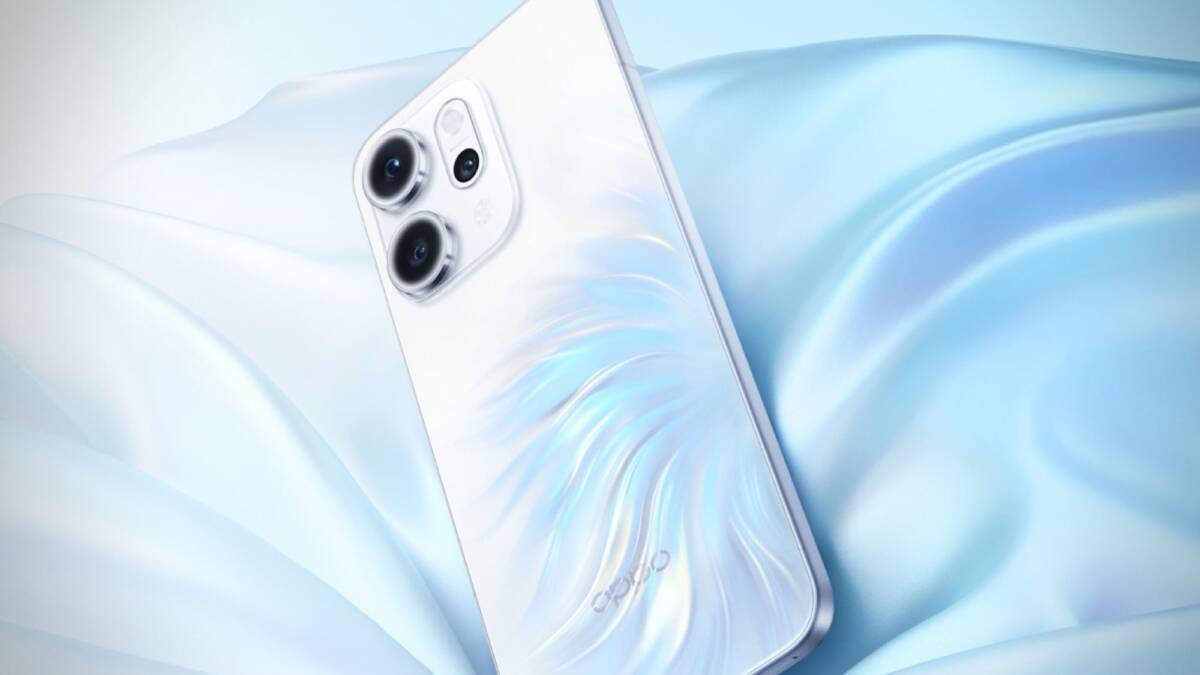Majorana 1 and Microsoft’s path to a practical quantum computer
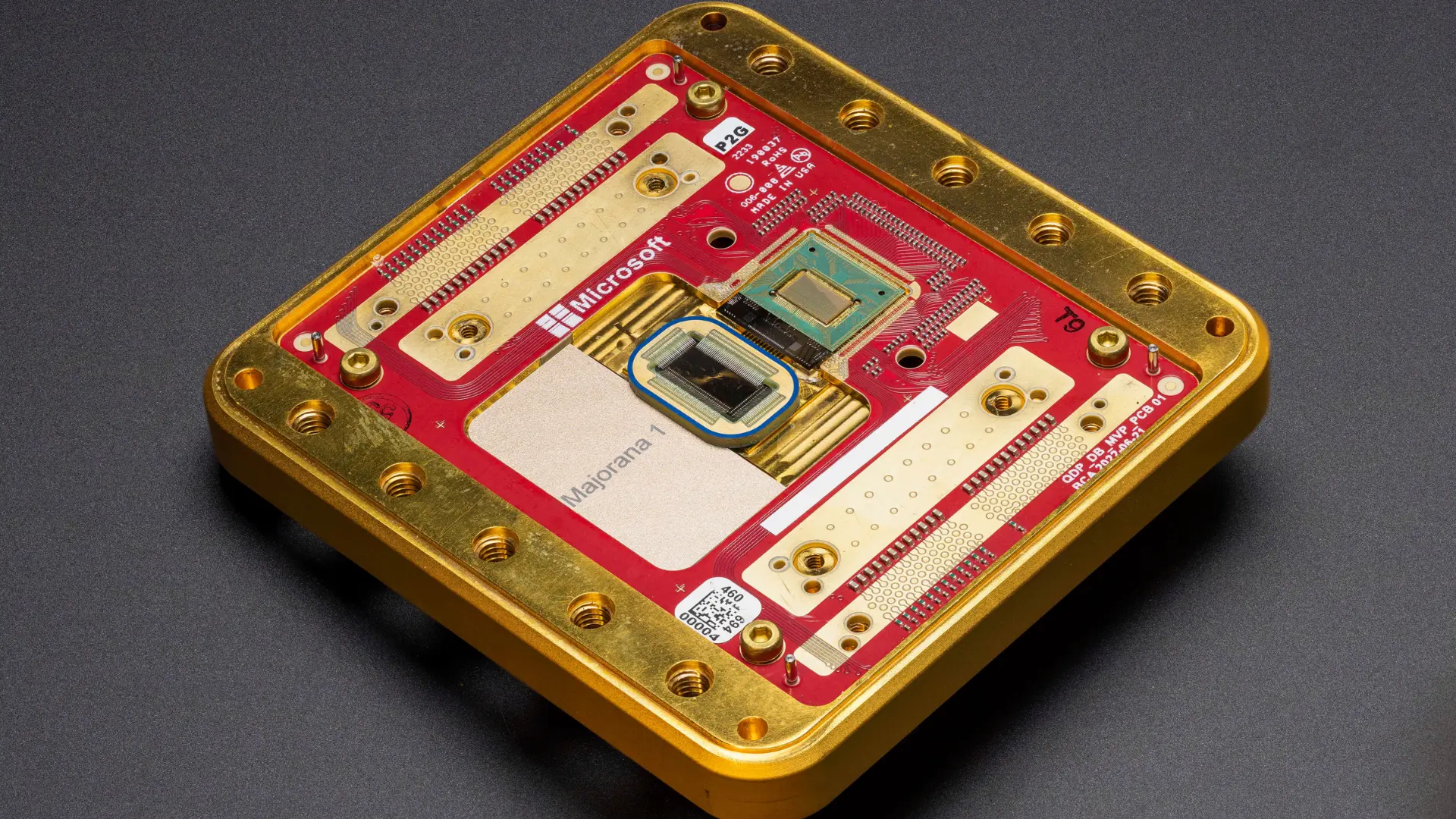
Microsoft Corporation has announced a quantum computing breakthrough that could revolutionize the way we think about computing power of the future. After 17 years of secret development, the company has unveiled the Majorana 1 processor, the world’s first chip to utilize topological qubits based on the mysterious Majorana particles. This discovery not only brings the era of quantum computers closer, but also puts Microsoft at the forefront of a race of technology giants.
From 1937 theory to real chips
.
The innovation is based on a concept proposed by Italian physicist Ettore Maiorana back in 1937. His hypothesis about the existence of fermions, which are their own antiparticle, remained theoretical for a long time. Microsoft managed to “tame” these particles by creating a unique material – topoconductor. This combination of indium arsenide and aluminum allowed to stabilize qubits, making them less vulnerable to interference and decoherence – the main enemies of quantum systems.
A million qubits in the palm of your hand: what’s the revolution?”
.
Modern quantum computers from IBM or Google operate with hundreds of qubits, requiring gigantic cryogenic facilities. Majorana 1 challenges this paradigm: a chip the size of a PC processor already accommodates 8 topological qubits, with the potential to reach a million. This scale opens the door to simulating molecules for drug development, creating superconductors or predicting climate disasters.
“We invented the transistor for the quantum era,” declares Chetan Nayak, Microsoft’s chief technology officer. – Our architecture isn’t just reliable – it’s scalable, which was once considered science fiction.”
“We’ve invented the transistor for the quantum era,” says Chetan Nayak, Microsoft’s chief technology officer.
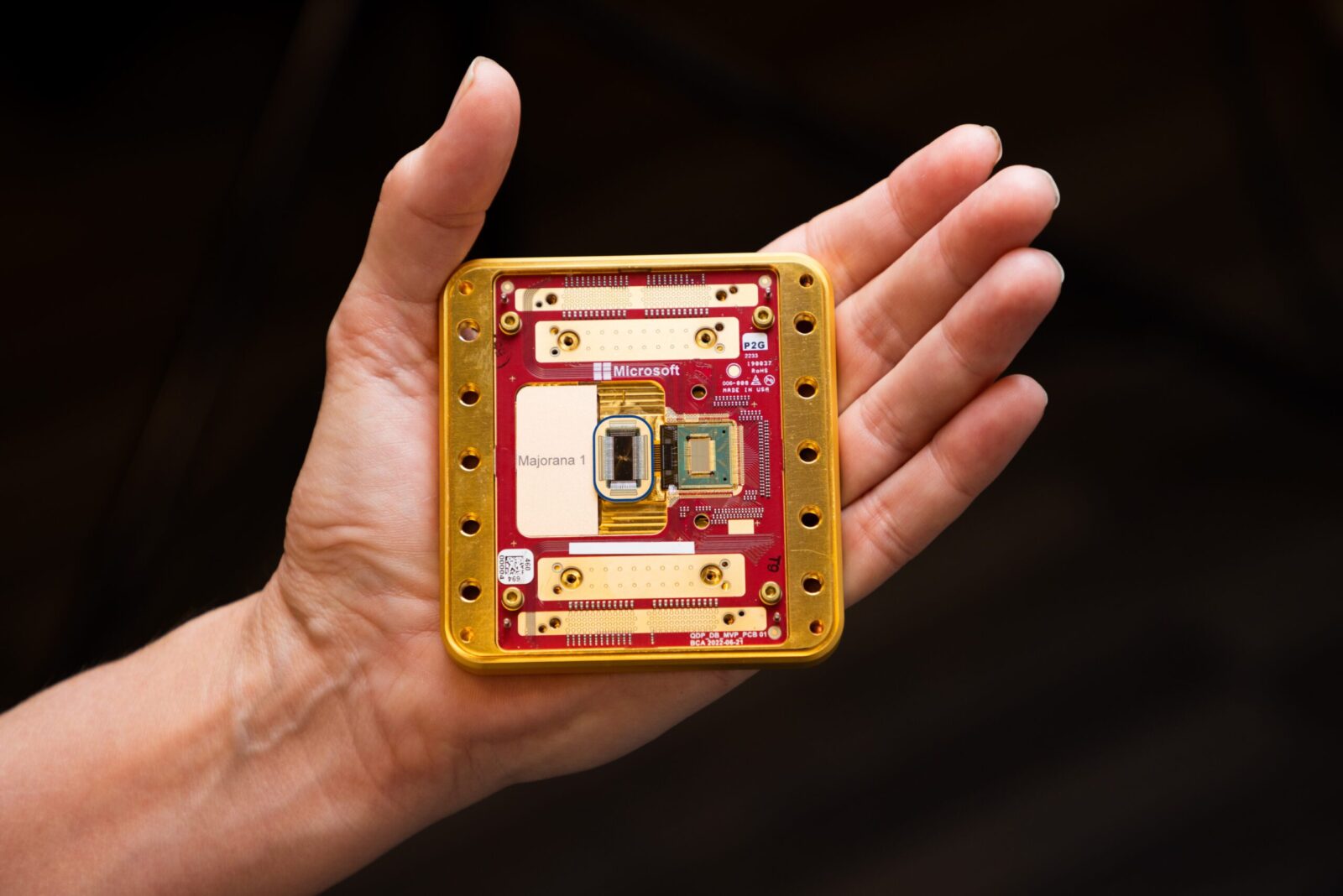
DARPA and the race for a utility quantum computer
Microsoft’s success has caught the attention of the Defense Advanced Research Projects Agency (DARPA), which has included the company in the final phase of the US2QC program. The goal is to create a practically applicable quantum computer in “years, not decades.” The partnership with the military will accelerate development: Microsoft plans to unveil a fault-tolerant prototype in the next few years.
Topological qubits vs. traditional ones
.
In contrast to competitors using superconducting qubits or ions, Microsoft has bet on topological data protection. It’s like weaving a quantum “braid”: information is spread out in space, which reduces the risk of errors. Research published in the journal Nature has confirmed that the technology works.
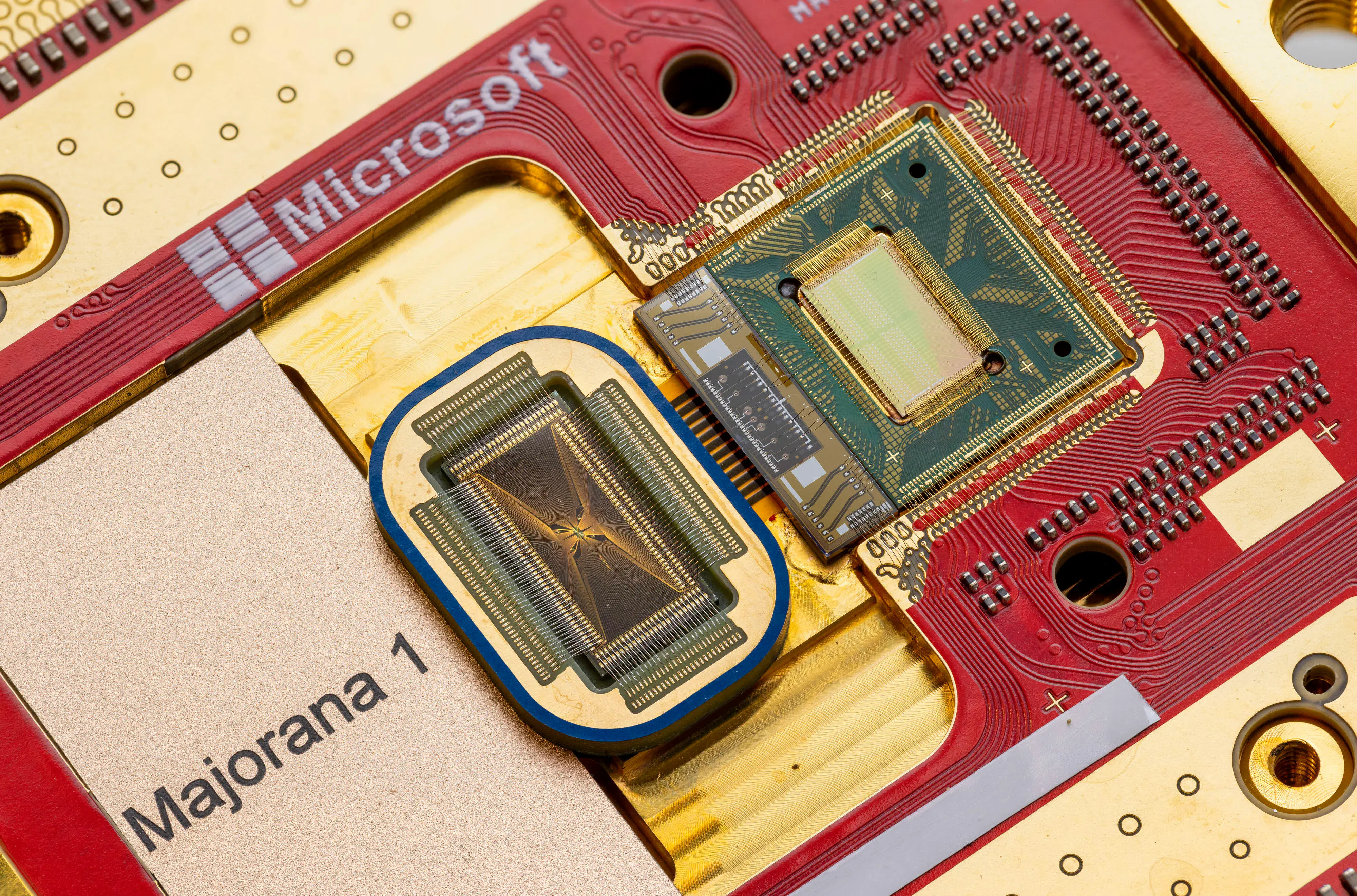
Challenges and Prospects
Despite the optimism, commercial use is still a long way off. Even with a million qubits, algorithms capable of solving real-world problems and the infrastructure to integrate with classical computers will be needed. In addition, IBM and Google are not about to cede leadership by investing in alternative approaches.
While optimistic, commercial use is still a long way off.
Microsoft, known for software, is making a bold leap into hardware. The Majorana 1 is not just a chip, but proof that topological qubits can be the foundation of the quantum future. If the corporation’s promises are realized, mankind will have a tool to solve problems that today seem insoluble. The question remains: will this breakthrough become a new “Windows” for science or will remain an experiment in the laboratory? We’ll know the answer in the coming years.
The Majorana 1 and Microsoft’s path to a practical quantum computer was first published at ITZine.ru.





